Minolta 16
Back in the early 2000s, when my father was gifting me my very first 35mm SLR, he handed me two boxes of all his “accessories” to go along with the Vivitar. Mostly, it was full of lenses and filters, but there was also this little piece of art: the Minolta 16.
“Oh wow I remember that.” He laughed. “It fit in to a pack of cigarettes and made me feel like James Bond.”
This is a super secret, compact, and nearly undetectable spy camera! Or so it was advertised. We are all sitting here 50 years later wondering how it was honestly a secret, but, trust me, you can be coy with it.
The Look
It is smaller than a modern cellphone, as you can see, so it is a pretty compact camera all jokes aside. If it were easier to load with film, I think I’d use it quite often. It is very 60s/70s in all silver with the curved rectangles adorning it, and even comes with a nice little case.
The Equipment
The 16 in ‘Minolta 16’ stands for the type of film used, and that is 16mm film. This film is no longer produced by any major company now, so I found some expired Kodak 16mm b/w microfilm.
For those who are unfamiliar with microfilm: Libraries used to use this stuff to ‘scan’ (by way of photography) newspapers and journals page-by-page and you can still, in some places, go to the microfilm section and use a projector to read through old newspapers. Such technology is heavily featured in 80s and 90s detective and horror films.
Because of the nature of microfilm’s purpose, it’s a high contrast, low ISO film, and the stuff I bought is more than 20 years expired. This means that, in order to shoot it, you need to calculate for an ISO of about .6. That’s right, point 6. It’s basically bulb mode even on a sunny day with the aperture all the way open at 2.8.
Furthermore, this microfilm comes in a roll of 100ft. It’s about 2.5ft for one “roll” of film. So I have to take the whole thing in to a completely dark room and blindly cut, tape, and roll the film in to the little empty film cassette. And you need the film cassette. My father had not left a cassette in his Minolta, so I had to buy a different 16mm Minolta camera just to take its empty film spool. Luckily for me, at the time, it was only $5 to buy the other camera.
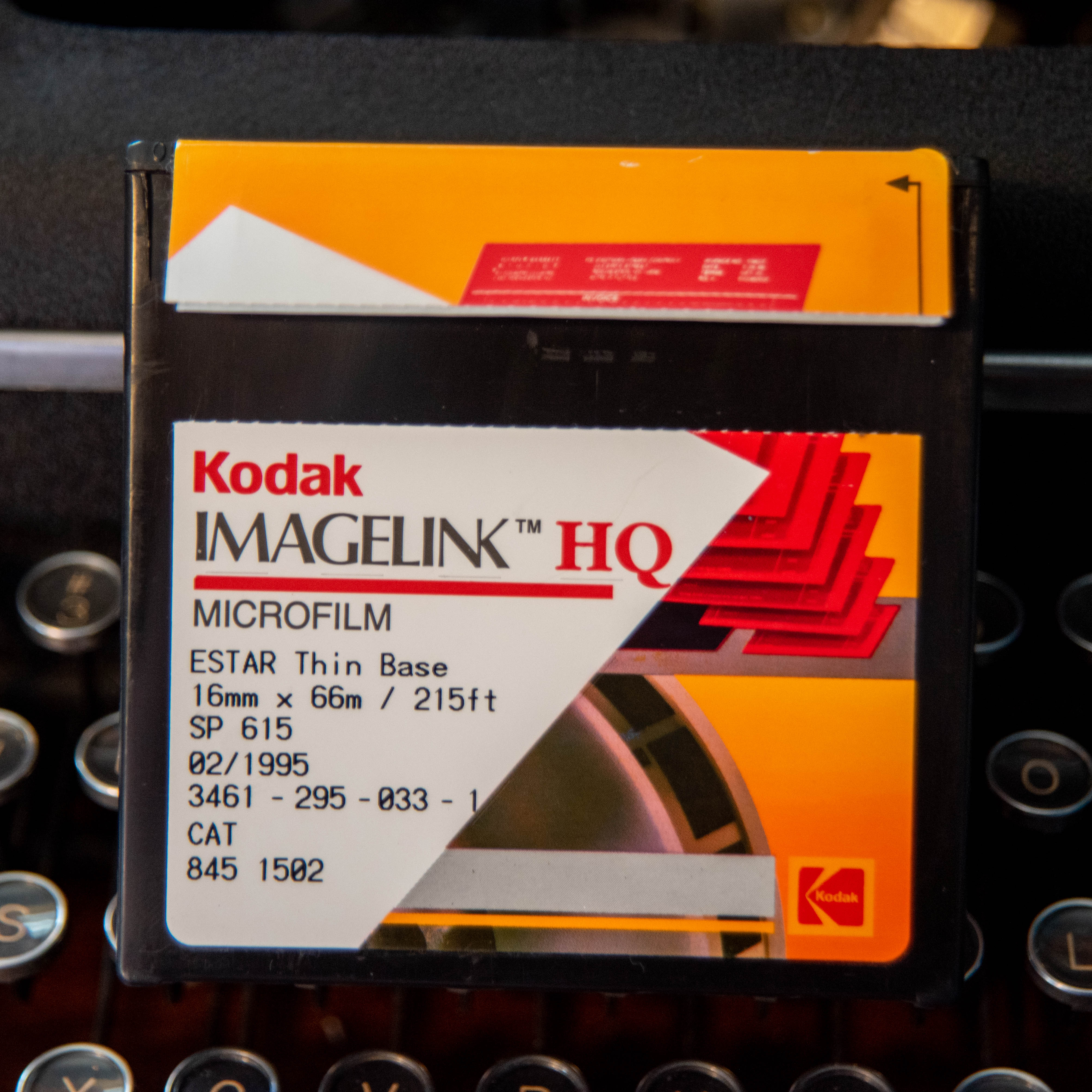



I’ve never actually used the other Minolta. It has only been a donor camera. I love the case for it, though. But, since this model is an ‘auto’ exposure, there’s pretty much no way to make it work for me.
I can find 16mm colour film though! Regular (though expired) film for 16mm cameras. I’d have to respool it in to the Minolta cassette, but it is possible. I, however, use all my colour 16mm in my Minolta 100 (because it’s way less work to use it, and more fun).
Developing the Film
So once it’s loaded up and I’ve shot pictures with it, they need to be developed, obviously. That’s another fun adventure!
Microfilm is a sensitive medium, but since it’s black and white, it’s easier to come up with a solution. And that solution is to dunk it in coffee.
That is correct, my friends, black and white film can be developed in a mixture of instant coffee and washing powder. It’s called “caffenol” and it is the most fun I’ve ever had developing photos.
However, that’s not the only problem with 16mm film that needs solving. I also needed to come up with a way to spool it in to the developing tank. I have only 35mm and 120 spools, after all.
And a 16mm tank was just too expensive for me at the time.
First I did some additions to the metal 35mm spool by adding in a bit of plastic to bulk it out so I could wrap the film around. It was a mess, and my fingerprints caused a lot of problems.



Then I decided to modify one of the plastic automatic spools I had. This was before someone pointed me in the direction of someone who knew what they were doing and made a whole post about it and mine came out pretty similar. If I go very slowly, I can run the film through that spool just like it was 35mm. My life improved greatly after that.
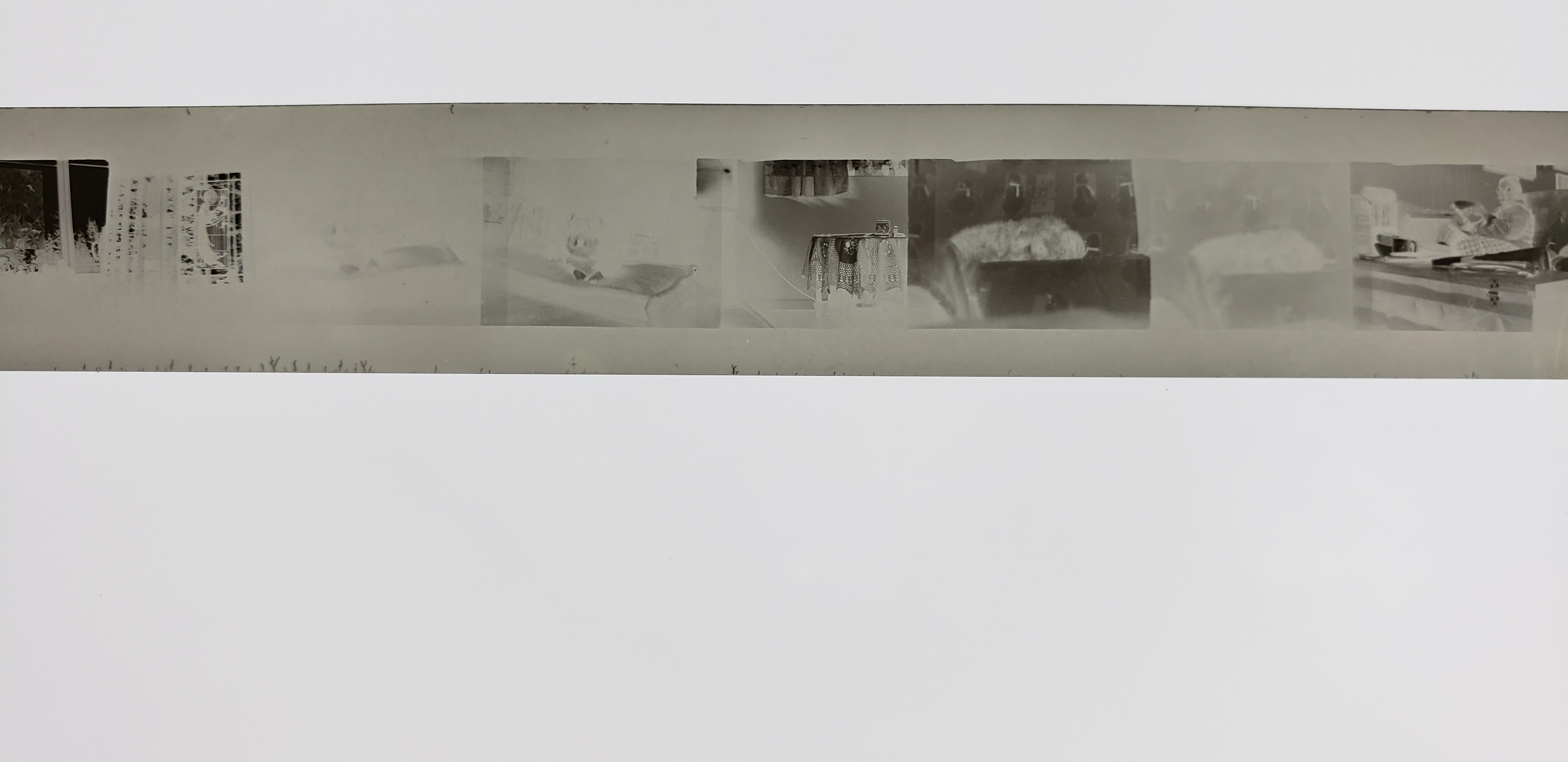
The only thing left was to buy a film scanner.

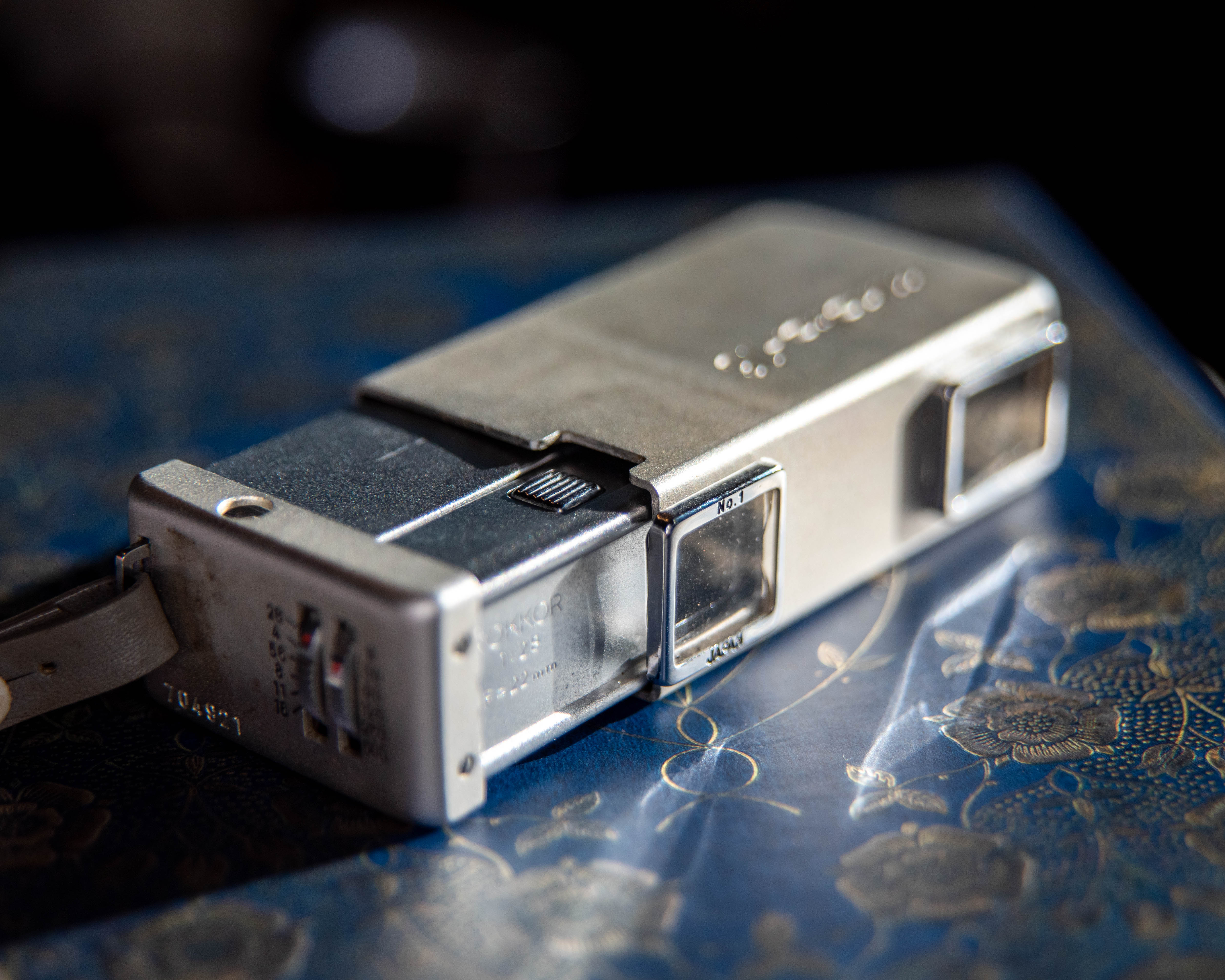












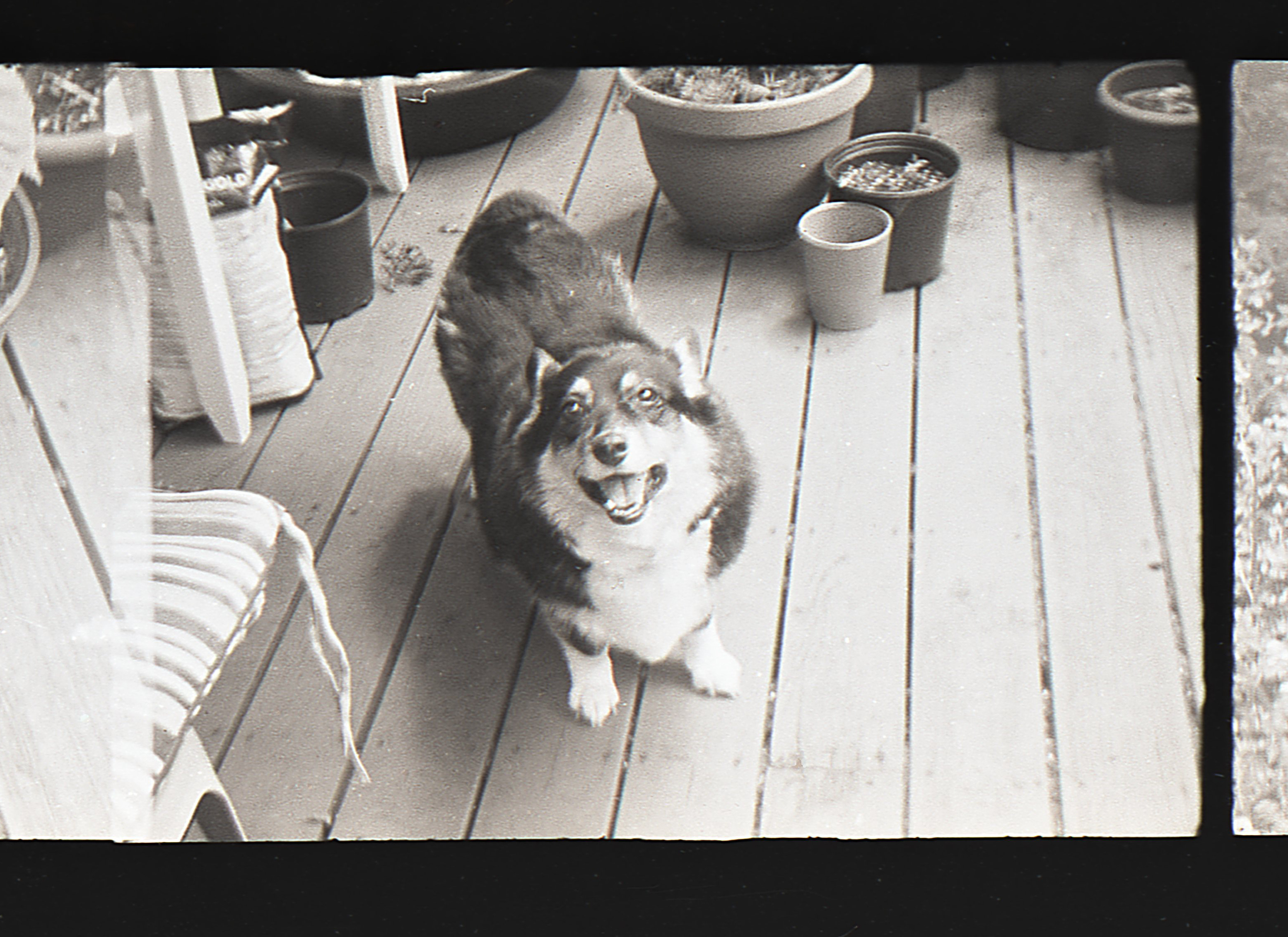
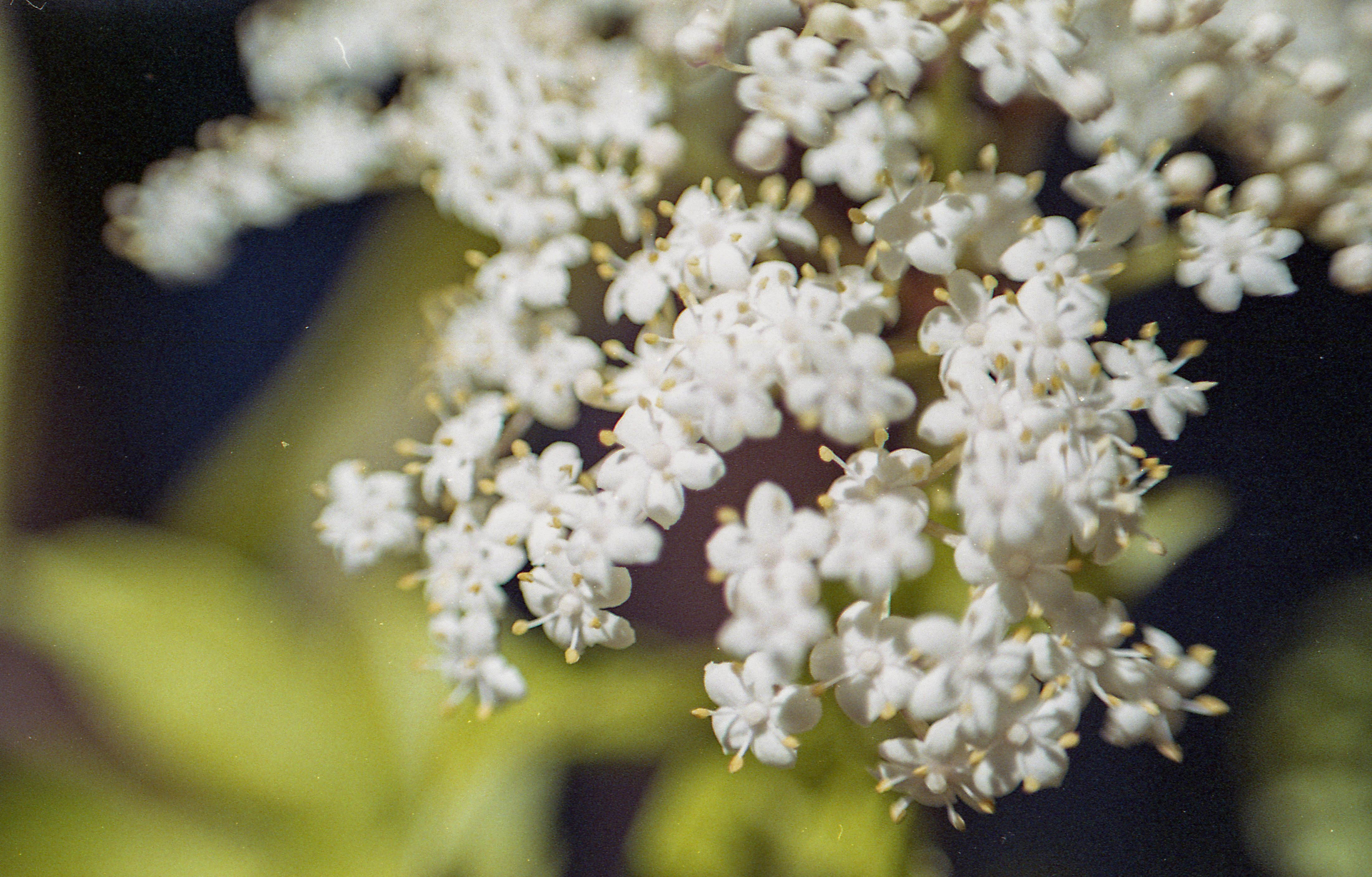

You probably already know this by now, but 16mm movie film can also be used, and that can be found for current sale from the big suppliers for prices which are merely extortionate rather than totally offensive.
Nice website btw 🙂
I have read about that and the great results from it. I think of it sometimes, but then I tell myself to use up the microfilm first (which will take my entire life I think). I also know that you can still get 110 film, so that can be re-spooled easily enough.
And thank you! I’m glad you like my website.